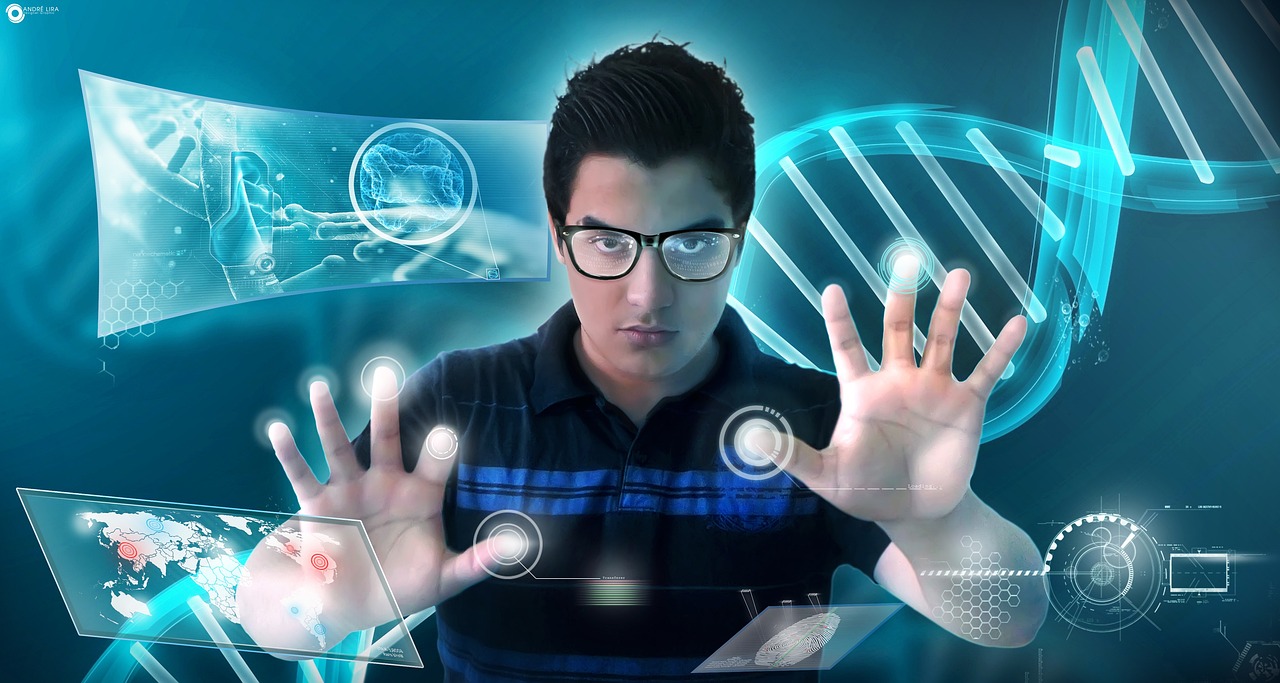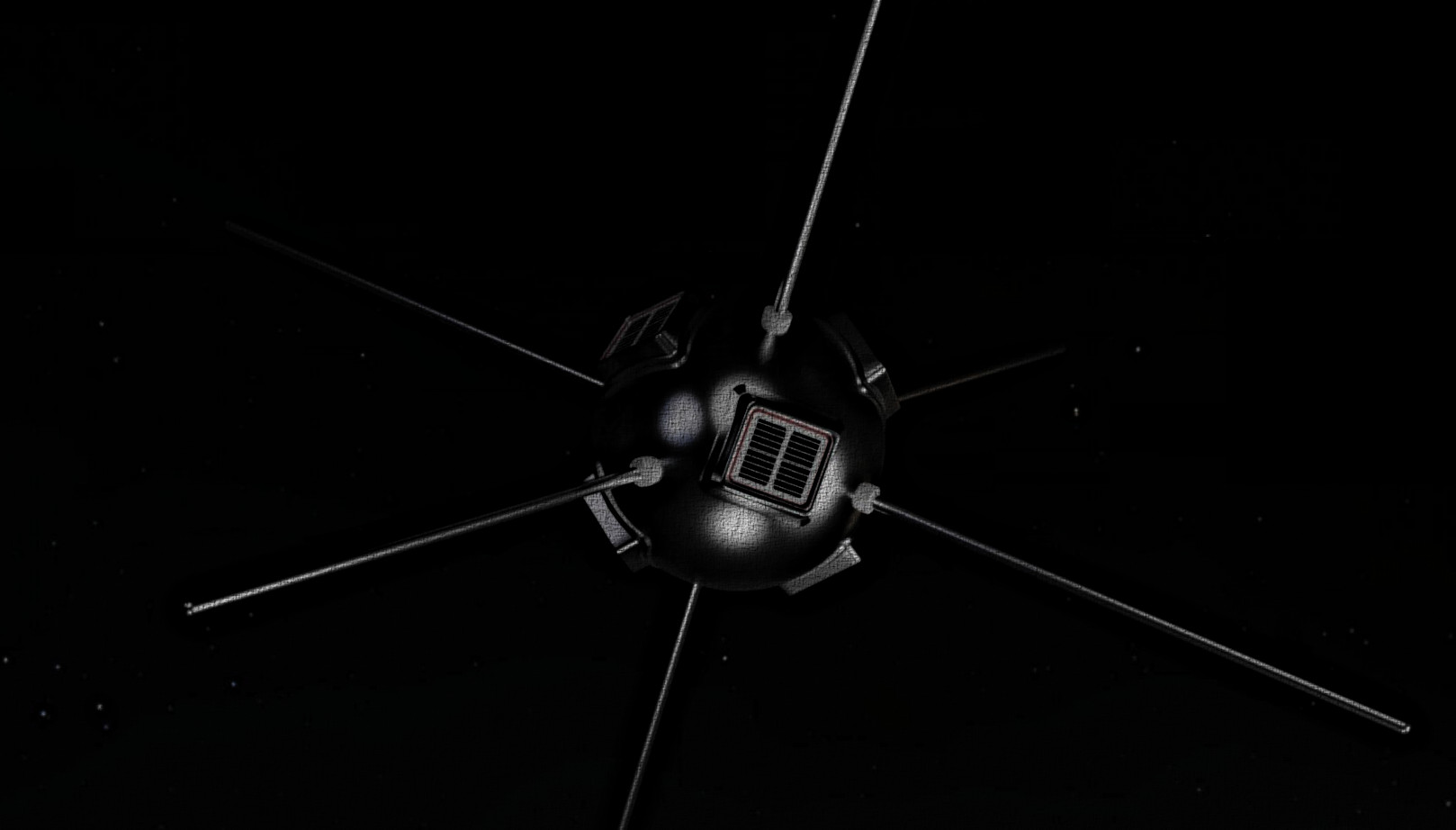Many people take it for granted that innovation is good, a sign of progress. Is new always better, and old therefore worse? In reality, this is not what we experience, and there are good reasons for this.
If we interpret most of our problems as mere technological challenges, devoid of their context, it is no wonder that we celebrate technological innovation. And it is not surprising if we subsequently experience unpleasant surprises. I would add that not only technological but also social innovations exist, which are equally true: just because something is new, it is not self-evident that it is better than the old. Innovations can have both positive and negative impacts, and their distribution is typically uneven.
Table of Contents
The LED paradox
Many people still consider LED lights as embodiments of environmentally friendly lighting. This is wrong. In fact, compared to traditional incandescent bulbs, LEDs worsen light pollution, leading to numerous negative environmental and health impacts. This is due to characteristics that we could even consider environmentally friendly on their own. They are particularly energy-efficient, but instead of producing the same amount of light with less energy, we illuminate more and more intensely, resulting in the so-called rebound effect. To make matters worse, the types that provide us with the best nighttime vision and are most energy-efficient are those that emit the most blue light. The problem is that this type of light pollution has the most serious consequences for the living world, including humans. Although there are many possibilities to mitigate these problems in theory, they do not become a reality.
Innovations in transportation
In the field of mobility, we can easily find similar examples. New modes of transportation can reduce the time required to travel a certain distance, but (partly because of this) they can also increase the spread of infectious diseases and the spread of invasive, non-native species worldwide. Furthermore, their infrastructure requirements can be significant. Road dependencies and lock-in effects can occur, which are particularly difficult to break out of. For example, our loved ones and the everyday destinations we need to reach are becoming further and further away, resulting in many journeys, and this can persist even in changing circumstances. In reality, “everyday” innovations mainly arise within the existing, solidified frameworks, strengthening them. In car-centered cities, SUVs requiring larger parking spaces further consume limited space, not to mention that these vehicles are more likely to hit pedestrians.
In conclusion, innovation is not always the answer to the problems we face, and we should not take its benefits for granted. We need to critically examine and consider the potential consequences of new innovations before fully embracing them. By doing so, we can better ensure that the innovations we adopt are truly beneficial to us and to the planet in the long run.
How Emerging Technology Trends Are Reshaping Our World in 2025
In an era where technological innovation evolves at lightning speed, staying ahead of the curve can …
Vanguard 1: Earth’s Oldest Artificial Satellite May Soon Return to Earth
In an exciting move that could reshape the history of space exploration, the United States is consid…

